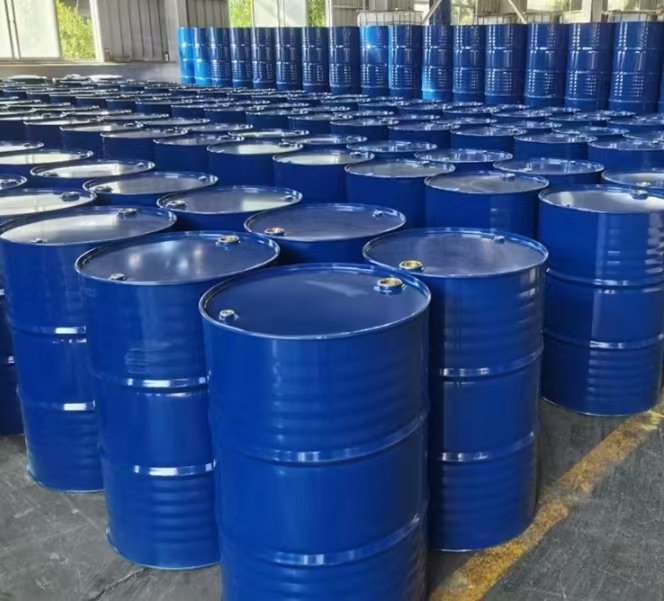Silane coupling agent itself is not directly soluble in water, but it can undergo hydrolysis reaction in water to generate silanol, which further condenses to form gel. The degree of hydrolysis and stability of silane coupling agent are affected by many factors, including pH value, temperature, concentration, and whether other solvents are added.
 Specifically, the hydrolysis process of silane coupling agent is as follows:
Specifically, the hydrolysis process of silane coupling agent is as follows:
Hydrolysis reaction: The alkoxy group in the silane coupling agent reacts with water to generate silanol.
Condensation reaction: Silanol undergoes condensation reaction to form gel.
In order to make the silane coupling agent better dispersed in water, it is usually necessary to dissolve it in a suitable solvent (such as ethanol) in advance and then add it to water for hydrolysis treatment. This allows the silane coupling agent to be more fully dispersed in the aqueous solution and improves its use effect.
In addition, the stability of the hydrolyzate of the silane coupling agent is also affected by the pH value. Under neutral conditions, the hydrolysis reaction is the slowest, while under the catalysis of acid or base, the hydrolysis reaction will accelerate.
Therefore, the silane coupling agent itself is not directly soluble in water, but can generate silanol through hydrolysis reaction, and silanol further condenses to form gel. In order to improve its dispersibility and stability in water, it is usually necessary to pre-dissolve it in an appropriate solvent and perform hydrolysis treatment.
